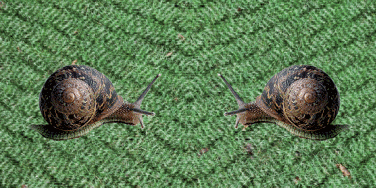Molecular chirality at fluid/solid interfaces: expression of asymmetry in self-organised monolayers
Abstract
Understanding the structure of chiral self-assemblies at fluid/solid interfaces is not only relevant from a fundamental point of view but also crucial for the development of new artificial molecular materials and systems operating at the interface between a conductive surface and a fluid. Moreover, elucidating how the balance between intermolecular and interfacial interactions influences expression of chirality in 2D crystals contributes to the understanding of how chirality can be created, amplified and/or transmitted from the nanoscale to the macroscale. Therefore, the present contribution reviews recent selected investigations on how chirality is expressed in monolayers spontaneously formed by physisorption at fluid/solid interfaces, with an emphasis on the crucial role played by molecule/surface interactions. The techniques used involve


 Please wait while we load your content...
Please wait while we load your content...